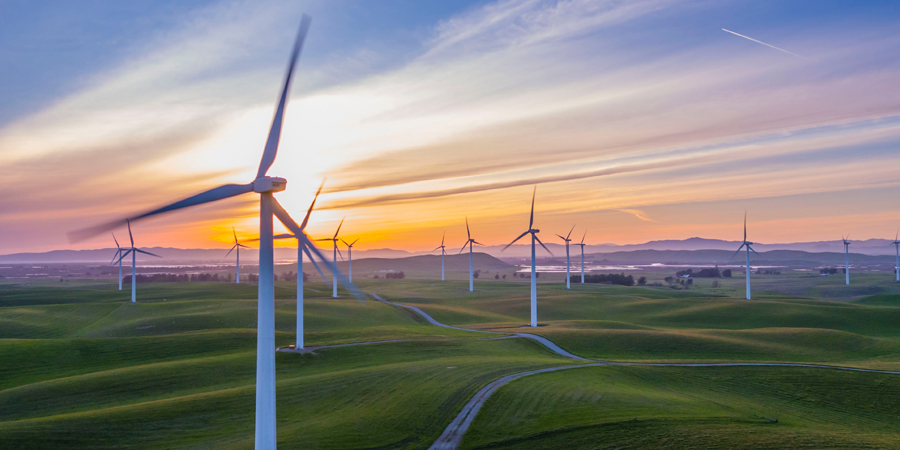Occupational Health and Safety – Wind energy sector

The multi-disciplinary wind energy industrial cycle includes wind mapping, manufacturing and transportation of machines and parts, installations and commissioning etc. So, from testing to production of the wind turbine components to transport, servicing of turbines, OSH risks are abound at each step of the process.
Though the wind energy sector is particularly complex and unique, it presents additional hazards. These are either determined by the significant business operations or they depend upon the topographical, environmental and other such factors.
The wind energy sector is progressing and with this, there is a continuing responsibility to ensure that workers who conduct installations, maintenance procedures and routine operations, work in safe conditions. A majority of workers, whether onshore or offshore, work at heights, climb ladders many-a-times a day, work in confined spaces (and sometimes in awkward positions), expend great physical efforts and are exposed to chemicals, fumes and dust. As OSH lies in the forefront of every industrial supply chain, efforts to foster safer working environments in the wind energy sector are materializing in several ways.
Offshore working environment presents additional hazards such as:
- Personnel transfers: During transfers between marine vessels, helicopters or wind turbines, there are risk of collisions or falls into water.
- Diving operations: Hazards during installations, cable laying, and maintenance.
- Emergency evacuations: In cases of fire, explosions or severe weather conditions can cause shipping delays and workers might end up stranded for days. Here, the travel distances during emergencies should also be considered.
- Structural risks: Currents, wave action and corrosion affect turbine components.
- Lifting operations: Increased wind loads risk movement of vessels during lifting and motion of turbines.
It is central to embed safety into the working environment, and the focus lies on ‘safe by design’ approach. This would mean identifying the need for escorts, contingency planning, restricted access routes, confined road corridors, and limiting turning points.
When workers climb turbines, they should be aided by state-of-the-art technologies – i.e. safety devices, access tools and inspection equipment. Unmanned aerial vehicles (drones) can decrease the need of physical inspections, plus they are quicker, safer and do not pose hazards to the workers.
Once we ensure the sectoral safety approaches are ‘safe by design’, the next critical element is proper training. Successful project management depends upon
- Availability of competent people for safety-related roles
- Effective communication of the safety information to the relevant personnel (contractors and workers)
- Defining KPIs to promote safe working conditions
- Monitoring the performance in compliance with the method statements
Trainings (be it offshore or onshore) should cover basic first-aid, fire awareness, emergency rescue at sea, helicopter underwater escape trainings, appropriate use of PPE and personal safety. Workers ought to have sound knowledge of fall-protections systems and equipment to carry out maintenance and inspection tasks. Better engineering controls, reduced maintenance cycles and remote inspections help improve the health and safety of the workers. Global Wind Organization (GWO) is a leading not-for-profit body which looks after wind sector training standards.
Although the wind energy is ‘green’ and ‘good’ for the environment, sufficient care and prevention is necessary to overcome OSH hazards. When the guidelines and procedures are harmonized, companies can work together in better ways, can ‘design out’ hazards and risks, thereby leading to significant improvements in best practices across the industry.


